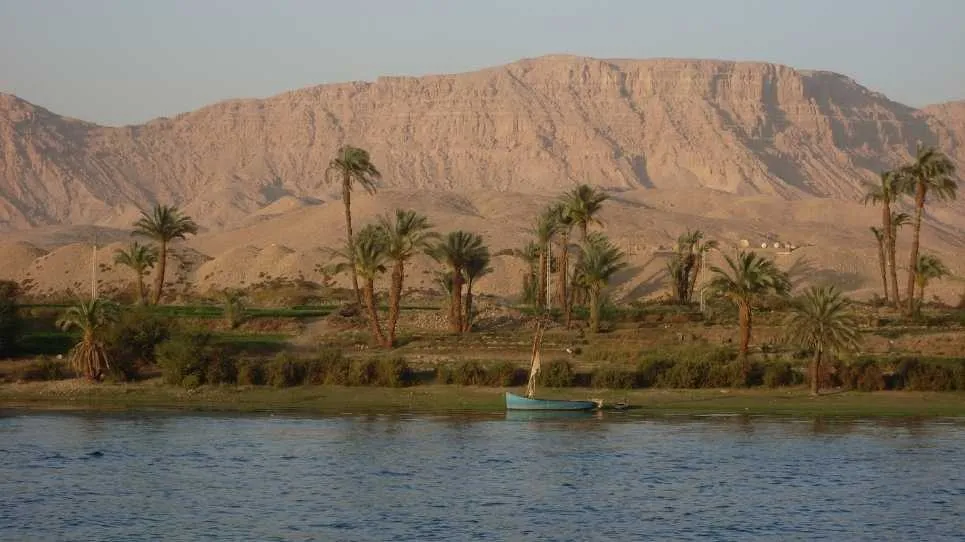A journey through the history, geography, and importance of this iconic river

The Nile River is the longest river in the world, stretching for over 6,650 kilometers (4,132 miles) from its source in Burundi to its mouth in the Mediterranean Sea. The river flows through 11 countries, including Ethiopia, Sudan, and Egypt, and plays a vital role in the lives of millions of people.
What is the Nile River?
The Nile River is a perennial river, meaning that it flows year-round. The river is fed by a number of tributaries, including the White Nile, the Blue Nile, and the Atbara River. The White Nile is the longest tributary, and it originates in Lake Victoria in East Africa. The Blue Nile is the second-longest tributary, and it originates in the Ethiopian highlands. The Atbara River is the third-longest tributary, and it originates in Sudan.
Why is the Nile River important?
The Nile River is important for a number of reasons. The river provides water for irrigation, drinking, and industrial use. It is also a major transportation route, and it is home to a variety of wildlife.
The Nile River is essential for agriculture in Egypt and Sudan. The river’s water is used to irrigate crops such as wheat, corn, and cotton. The river is also a major source of drinking water for millions of people.
The Nile River is also a major transportation route. The river is navigable for most of its length, and it is used to transport goods and people. The river is also a major tourist destination, and it is home to a number of historical sites, including the pyramids of Giza and the temples of Karnak.
The history of the Nile River
The Nile River has a long and rich history. The river has been inhabited by humans for thousands of years, and it has played a major role in the development of civilizations in Africa.
The first known civilization to develop along the Nile River was the Egyptian civilization. The Egyptians built a complex society based on agriculture, and they used the Nile River to irrigate their crops. The Egyptians also built a number of impressive monuments along the Nile River, including the pyramids of Giza.
Other civilizations that developed along the Nile River include the Nubian civilization, the Meroitic civilization, and the Kushite civilization. These civilizations all relied on the Nile River for water, food, and transportation.
The future of the Nile River
The Nile River is facing a number of challenges, including climate change, pollution, and over-population. Climate change is causing the river’s water levels to drop, and pollution is making the water unsafe to drink. Over-population is also putting a strain on the river’s resources.
There are a number of things that can be done to address these challenges. Governments can invest in water conservation and renewable energy sources. Individuals can reduce their water consumption and recycle.
The Nile River is a vital resource for millions of people. By working together, we can ensure that the river will continue to provide for the needs of future generations.
Recommendations
If you are interested in learning more about the Nile River, there are a number of resources available. You can visit the websites of the following organizations:
- The United Nations Environment Programme (UNEP)
- The World Wildlife Fund (WWF)
- The Nile Basin Initiative (NBI)
You can also watch the following documentaries:
- The Nile: A Journey of the Gods (2001)
- The Nile: Blue Gold (2007)
- The Nile: River of Life (2013)
Find this and many more knowledge guides on Monkicon